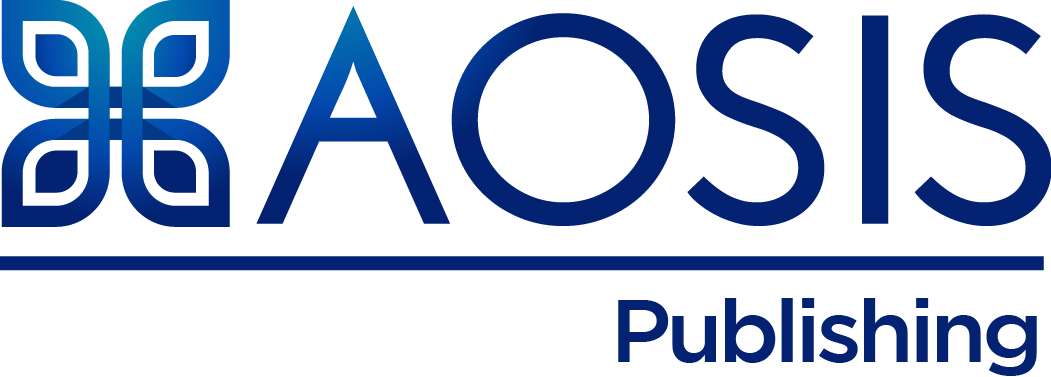Who really decides? Feeding decisions ‘made’ by caregivers of children with cerebral palsy
South African Journal of Communication Disorders
| Field | Value | |
| Title | Who really decides? Feeding decisions ‘made’ by caregivers of children with cerebral palsy | |
| Creator | Naidoo, Lavanya Pillay, Mershen Naidoo, Urisha | |
| Description | Background: There are no definitive guidelines for clinical decisions for children with cerebral palsy (CP) requiring enteral feeds. Traditionally, medical doctors made enteral feeding decisions, while patients were essentially treated passively within a paternalistic ‘doctor knows best’ approach. Although a more collaborative approach to decision-making has been promoted globally as the favoured model among healthcare professionals, little is known about how these decisions are currently made practically.Objectives: This study aimed to identify the significant individuals, factors and views involved in the enteral feeding decision-making process for caregivers of children with CP within the South African public healthcare sector.Method: A single-case research design was used in this qualitative explorative study. Data were collected using semi-structured interviews and analysed using reflexive thematic analysis.Results: Four primary individuals were identified by the caregivers in the decision-making process: doctors, speech therapists, caregivers’ families and God. Four factors were identified as extrinsically motivating: (1) physiological factors, (2) nutritional factors, (3) financial factors and (4) environmental factors. Two views were identified as intrinsically motivating: personal beliefs regarding enteral feeding tubes, and feelings of fear and isolation.Conclusion: Enteral feeding decision-making within the South African public healthcare sector is currently still dominated by a paternalistic approach, endorsed by a lack of caregiver knowledge, distinct patient-healthcare provider power imbalances and prescriptive multidisciplinary healthcare dialogues.Contribution: This study has implications for clinical practice, curriculum development at higher education training facilities, and institutional policy changes and development, thereby contributing to the current knowledge and clinical gap(s) in the area. | |
| Publisher | AOSIS | |
| Date | 2024-03-18 | |
| Identifier | 10.4102/sajcd.v71i1.1001 | |
| Source | South African Journal of Communication Disorders; Vol 71, No 1 (2024); 14 pages 2225-4765 0379-8046 | |
| Language | eng | |
| Relation |
The following web links (URLs) may trigger a file download or direct you to an alternative webpage to gain access to a publication file format of the published article:
https://sajcd.org.za/index.php/sajcd/article/view/1001/2152
https://sajcd.org.za/index.php/sajcd/article/view/1001/2153
https://sajcd.org.za/index.php/sajcd/article/view/1001/2154
https://sajcd.org.za/index.php/sajcd/article/view/1001/2155
|
|
ADVERTISEMENT



